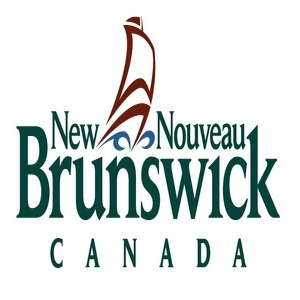forest
Type of resources
Available actions
Topics
Keywords
Contact for the resource
Provided by
Years
Formats
Representation types
Update frequencies
status
Service types
-

Forest cover polygons interpreted from aerial imagery on a 10 year cycle for the province of New Brunswick. The attributes contain information that describes the stand characteristics for that polygon area.
-

The dataset contains information relating to forestry-related trades education, associations, education, innovation, education/macro-credentials, institutions, and research.
-

A cross reference table that allows for the relationship between a Forest Development Unit and a forest licence. An FDU may contain many licences, and a licence may be included in many FDUs
-

The spatial representation for a Timber Supply Area or TSA Supply Block: A Timber Supply Area is a designated area established by the Ministry in order to practice sound, integrated, resource management principles to improve the allowable annual cuts. TSAs were originally defined by an established pattern of wood flow from management units to the primary timber-using industries. They are the primary unit for allowable annual cut (AAC) determination. A TSA Supply Block is a designated area within the TSA where the Ministry approves the allowable annual cuts
-

This is a spatial layer that reflects operational activities for cutblocks contained within harvesting authorities. The Forest Tenures Section (FTS) is responsible for the creation and maintenance of digital Forest Atlas files for the province of British Columbia encompassing Forest and Range Act Tenures. It also supports the forest resources programs delivered by MoFR. Each feature contains a Ministry of Forests and Range (MoFR) FEATURE_CLASS_SKEY (number) column that further defines the type of that feature. The layer contains cutblock boundaries for the following feature classes: Forest Licence Cut Block (555), Licence to Cut Cut Block (616), Timber Licence Cut Block (810), Timber Sale Licence Major Cut Block (817), Timber Sale Licence Minor CB Non Replaceable (820), Tree Farm Licence Cut Block (833), Wood Lot Licence Cut Block (863), Community Forest Cut Block (2402), and Timber Sale Licence Minor CB Replaceable (2417). Each cut block has a life cycle status that is either PENDING - the cut block has been submitted as a new cut block or an amendment, but is not yet approved or rejected, ACTIVE - the cut block is approved and activities may be taking place on the cut block, or RETIRED - all activities, with respect to the harvesting authority, have been completed for the cut block
-

This is a spatial layer showing Ministry of Forests Recreation Lines. These are the linear spatial representation for features such as recreation trails
-

This is a spatial layer showing Ministry of Forests Radio Communication Sites. Communication Sites are physical land locations containing structures and equipment which provide two or one-way voice and or data wireless communications to field staff or for operational activities
-

The spatial representation for the areas that have been eliminated from a timber licence
-

Vegetative or non-vegetative objects alongside major roads and highways preventing passers by from seeing the surrounding landscape
-

This is a spatial layer showing Ministry of Forests Map Notation Lines. These are the spatial representation of the linear geometry for FSR Declarations and FSR Gazettes Unsurveyed.
 Arctic SDI catalogue
Arctic SDI catalogue